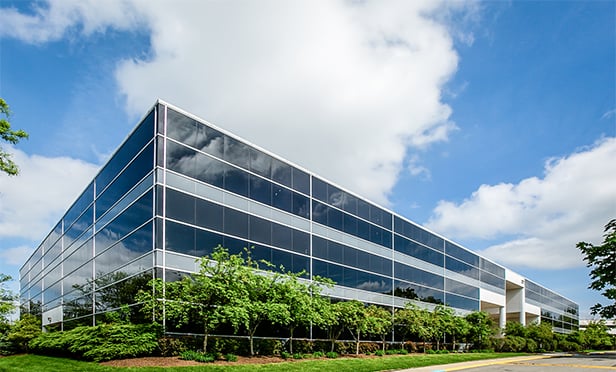“Functionally obsolete” is a term that has been applied in recent months to structures ranging from the 35-year-old, 2.4-million-square-foot J. Edgar Hoover building that serves as the FBI’s headquarters in Washington, DC—which would be more costly to demolish than it’s worth—to the 49-year-old Brent Spence Bridge spanning the Ohio River between Covington, KY and Cincinnati. Neither edifice is in imminent danger of collapse; both have arguably outlived their usefulness, and what to do about them is a headache for government officials and the taxpaying public.
There’s a whole other class of properties in the private sector that have become comparably outmoded, even though they may be years younger than the FBI headquarters, and not a few of those structures figure in the pool of distressed assets now or soon to be on the market. “You can talk about creative strategies, but if you’re not buying a functional asset you’re going to have a problem,” Paul Ellis, president of CNL Commercial Real Estate, told Real Estate Forum in a January 2012 story on asset management. “You have to understand why the asset is distressed and buy right. Some assets are just functionally obsolete.”
What constitutes functionally obsolete in commercial properties “can run the gamut,” Chris Evans, asset manager with the Newport Beach, CA office of Voit Real Estate Services, tells Distressed Asset Investments. “Some of it is related to demand. At one point in time, even properties that had little quirks sooner or later found tenants or buyers, because of a lack of inventory. The owners found the capital to make these properties work.” In 2012, by contrast, “you have limited tenants and an abundance of supply, and everyone’s keyed into certain functional elements and requirements, which make properties that once were good-quality buildings almost obsolete in today’s market.”
While the Hoover building and the Spence bridge slipped into obsolescence over a period of decades, the process is accelerated for commercial assets that haven’t been able to keep up with current design and technology. “Look at flex properties, for example, where you have primarily office with some industrial space or lab space in the back,” Evans says. “If you’re in the key markets, where is a demand for certain tenants, you’re okay. If you’re right outside that pocket, you have a decision to make with your building. Can you weather the storm, suffer the cash-flow depletion and wait it out a little while, or are you going to spend some capital to turn the property around into industrial product where there’s less office?”
The problem is compounded in office or industrial parks where more than one asset may have fallen behind the times. “Before, it was okay to have that little bit of obsolete space,” says Evans. “But now you’ve got three or four of those, and you’ve got two vacancies. You need to take some action and spend some money. But maybe you can’t.”
Although it’s difficult to gauge how much distressed product got that way because of a scenario such as the one Evans describes, clearly a lack of capital expenditures is a factor, especially when owners realize they overpaid for the asset and are either unwilling or unable to throw good money after bad. “There are special cases where you create value, like an office building where you do certain upgrades –making it more green or providing additional technology—that a lot of people see as bonuses,” Evans says.
But in many cases, there’s a cutoff point at which the outlay isn’t justified in the short term by the return. Over time, those decisions can add up—yet Evans points out that on some properties, the slide into distress can happen very quickly. “You have a certain type of building in a certain area, and you don’t have the tenant for it,” he says. The climb back out of distress was far more protracted for many of these properties. A few years ago, “there were unbelievable prices for buildings, but owners weren’t buying them because ‘I’d have to spend so much capital on repositioning it, I can’t make sense of the numbers right now.’ ”
Just as the circumstances leading to functional obsolescence may vary widely among properties, so too do the remedies. “There are certain things you do within certain projects that obviously are dependent on product type, and there are definitely different levels of risk that owners are willing to take,” Evans says. “It’s been a very trying time, and those who have been the most creative tend to make it or break it, to be honest.”
© Touchpoint Markets, All Rights Reserved. Request academic re-use from www.copyright.com. All other uses, submit a request to [email protected]. For more inforrmation visit Asset & Logo Licensing.







